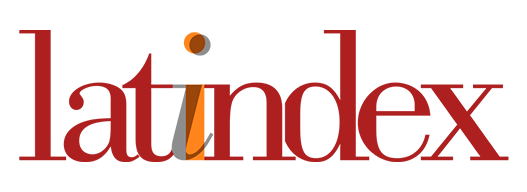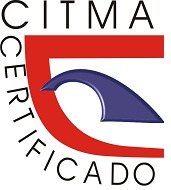API for the development of custom IoT applications using FIWARE
Keywords:
Library, FIWARE, IoTAbstract
In recent years, the emergence of the concept of the Internet of Things has prompted the creation and development of platforms that allow the processing of large volumes of context information, produced by sensor networks that monitor smart spaces or environments. FIWARE is an open-source Internet of Things platform that promotes the creation of standards for the development of intelligent applications and services from different domains. In this work, the development of a Java class library is presented, which makes use of the standards, generic components and APIs offered by the FIWARE platform, and which facilitates the use of these in the development of personalized IoT applications. To verify the correct functioning of the class library, a Web application was developed through which the solution developed is used and that allows the creation and configuration of a work environment based on the FIWARE platform, as well as the use and analysis of the data stored in the context of the platform.
References
Crate.io. (2021). A Single Data Hub for(FIWARE-Foundation, 2021) all Operational Data. from https://crate.io/
Cubillas-Hernández, E., Anías-Calderón, C., & Delgado-Fernández, T. (2021). Arquitectura M2M para el monitoreo ambiental en tiempo real. ITECKNE: Innovación e Investigación en Ingeniería, 18(1), 2-2.
Firouzi, F., Farahani, B., Weinberger, M., DePace, G., & Aliee, F. S. (2020). Iot fundamentals: Definitions, architectures, challenges, and promises Intelligent Internet of Things (pp. 3-50): Springer.
FIWARE-Foundation. (2021a). FIWARE COMPONENTS. from FIWARE.org/developers/catalogue/
FIWARE-Foundation. (2021b). FIWARE: The Open Source Platform for Our Smart Digital Future. from https://www.FIWARE.org/
FIWARE.org. (2021a). FIWARE IoT-Agent-UL. from https://FIWARE-iotagent-ul.readthedocs.io/en/latest/usermanual/index.html
FIWARE.org. (2021b). FIWARE QuantumLeap. from https://quantumleap.readthedocs.io/en/latest/
FIWAREmexico.org. (2021). APRENDE FIWARE EN ESPAÑOL. from https://FIWARE-training.readthedocs.io/es_MX/latest/
Guth, J., Breitenbücher, U., Falkenthal, M., Fremantle, P., Kopp, O., Leymann, F., & Reinfurt, L. (2018). A detailed analysis of IoT platform architectures: concepts, similarities, and differences Internet of everything (pp. 81-101): Springer.
Miorandi, D., Sicari, S., De Pellegrini, F., & Chlamtac, I. (2012). Ad hoc networks internet of ings: vision, applications and research. Ad Hoc Networks, 10(7), 1497-1516.
Ochoa Duarte, A., Cangrejo Aljure, L. D., & Delgado, T. (2018). Alternativa Open Source en la implementación de un sistema IoT para la medición de la calidad del aire. Revista Cubana de Ciencias Informáticas, 12(1), 189-204.
Qiu, D., Li, B., & Leung, H. (2016). Understanding the API usage in Java. Information and software technology, 73, 81-100.
Rodriguez, A. (2008). Restful web services: The basics. IBM developerWorks, 33, 18.
Sánchez, V. M. B. (2018). Internet de las cosas-horizonte 2050. bie3: Boletín IEEE(11), 956-969.
Zeinab, K. A. M., & Elmustafa, S. A. A. (2017). Internet of things applications, challenges and related future technologies. World Scientific News, 2(67), 126-148.
FIWARE-Foundation. (2021). FIWARE: The Open Source Platform for Our Smart Digital Future. Retrieved from https://www.fiware.org/
Downloads
Published
How to Cite
Issue
Section
License
Copyright (c) 2022 Dalia María Berbes Villalón , Laura Sánchez Jiménez , María Elena Díaz Aguirre, Tatiana Delgado Fernández

This work is licensed under a Creative Commons Attribution-NonCommercial 4.0 International License.













